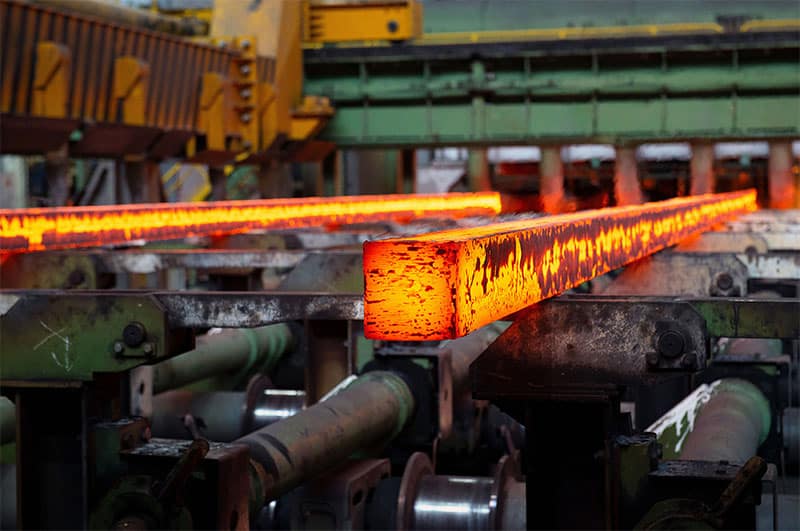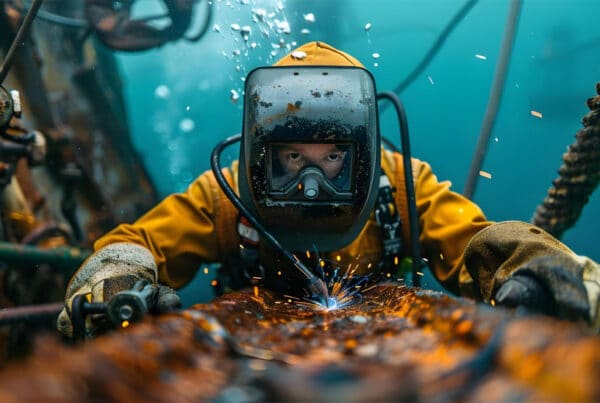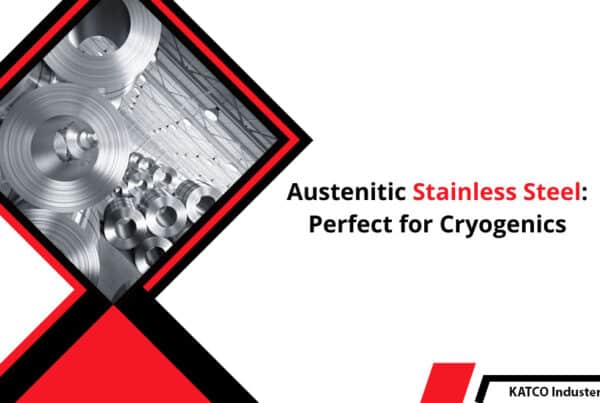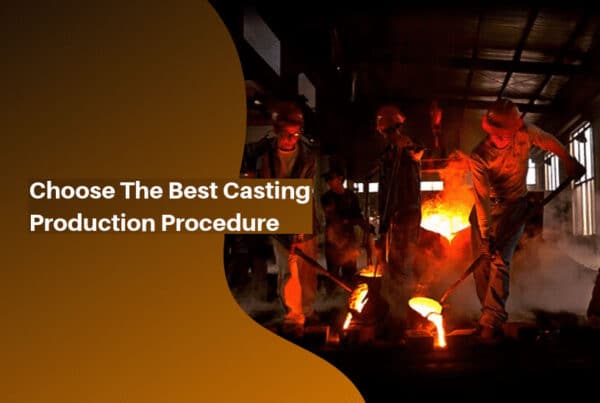Steel is the backbone of modern infrastructure, but its production is one of the most carbon-intensive industrial processes. As industries seek to cut emissions in line with global climate commitments, the push for ‘green steel’ has intensified. at the heart of this transition lies a crucial, often overlooked, material – scrap metal.
Steel production currently accounts for approximately 8% of global CO2 emissions. Traditional methods rely on blast furnaces, which burn large amounts of coking coal to reduce iron ore, releasing substantial greenhouse gases. As governments impose stricter carbon reduction targets, steelmakers are under mounting pressure to find cleaner alternatives.
‘Green steel’ refers to steel produced using processes that significantly lower CO2 emissions. This includes using hydrogen as a reducing agent, direct electrification, and the growing adoption of electric arc furnace (EAF) technology. Unlike blast furnaces, EAFs use electricity to melt scrap metal, bypassing the need for raw iron ore and significantly cutting carbon emissions.

Scrap metal has emerged as a key player in this transformation. Recycling scrap steel requires up to 74% less energy compared to producing steel from raw materials. It also drastically reduces CO2 emissions, with studies showing that using one ton of scrap steel can save nearly 1.5 tons of CO2.
Moreover, steel is infinitely recyclable without losing its properties, making it one of the most sustainable materials available. By increasing the share of scrap in steel production, industries can make significant strides toward net-zero targets, while also reducing reliance on mining-intensive virgin iron ore.
Scaling scrap-based steel production
Despite its advantages, the transition to scrap-based steel production faces several challenges. While scrap steel availability is increasing, demand is set to rise faster. Some regions, particularly in developing economies, lack efficient scrap collection and processing infrastructure. Another concern involves impurities in scrap metal, such as copper, which can impact the quality of high-grade steel.
A final factor to consider is that, while EAFs produce fewer emissions, their environmental benefit depends on electricity sources. If powered by fossil fuels, the CO2 reduction advantage diminishes. Therefore, the shift to renewable-powered EAFs is critical.
From scrap to essential component
To meet global decarbonisation goals, the share of recycled steel in production must grow. Steelmakers are already investing in innovative technologies, such as hybrid furnaces that combine hydrogen-based reduction with scrap melting.
Policymakers are also introducing incentives and regulations that encourage scrap recycling. The European Union’s Green Deal, for example, includes measures to promote circular economy principles, which will drive higher scrap utilisation in steelmaking.
Scrap metal is no longer just an industrial by-product; it is the foundation of a more sustainable steel industry. By increasing scrap-based production, investing in cleaner energy, and improving recycling infrastructure, the steel sector can take meaningful steps toward cutting emissions and achieving global CO2 reduction targets.
As industries race toward net-zero, one thing is clear: the future of steel is green, and scrap metal is the key to making it happen.
To counter this, advanced shredding, sorting and refining technologies ensures that scrap-based steel meets stringent industry standards.



